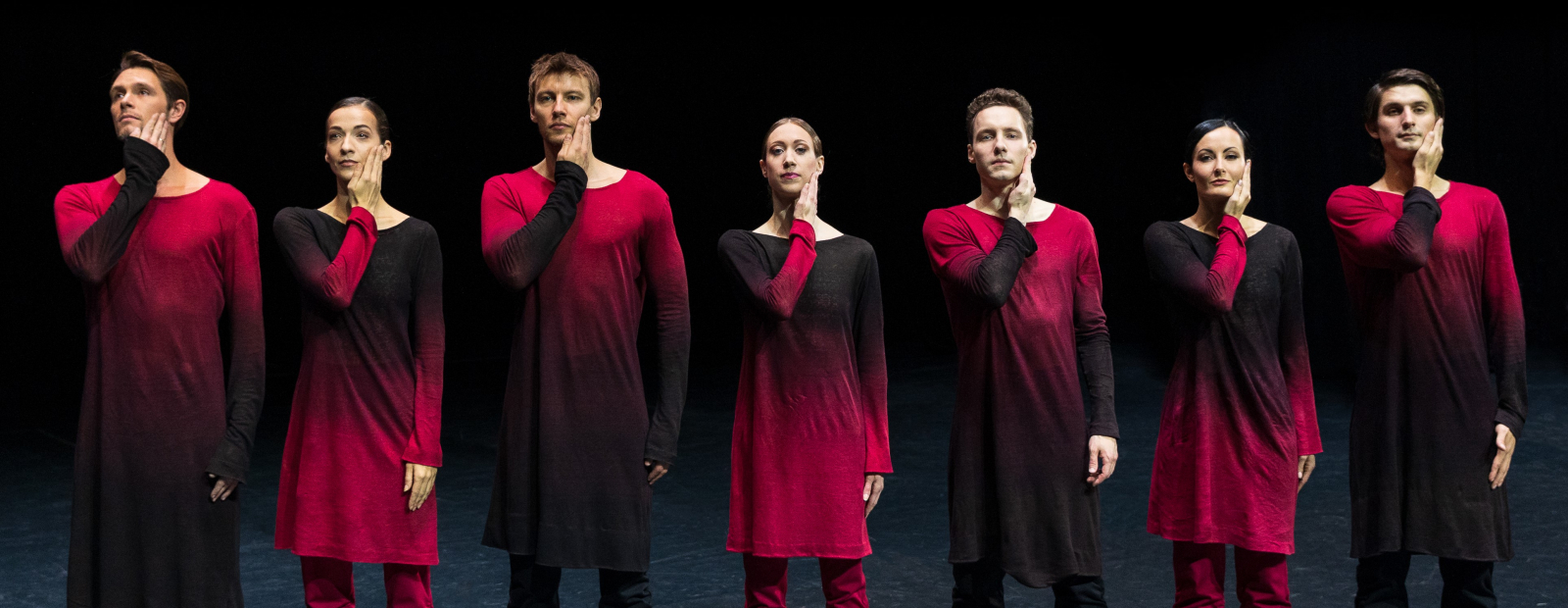Ballet Serenade will usher in the outstanding 20th century work of choreographer George Balanchine, on the other hand Carmina Burana will be a meeting with contemporary choreographer Edvards Kluga and his team (set designer Marko Japela, costume designer Leo Kulaš and lighting designer Tomas Premzl), whom we met in Latvia at the ballet For Gynt in the production. The musical director of the new production is Mārtiņš Ozoliņš, the director is Kaspars Ādamsons.
“I have long wanted to add to our ballet repertoire both some of George Balanchine’s choreographies and Karl Orff’s oratorio. Carmina Burana. This time the stars aligned successfully: we dared to stage Balanchine serenade, and the choreographer Edvards Klugs, already known to the Latvian public, staged a very interesting and contemporary scene Carmina Burana version. It is a very suitable choreography for our troupe, currently relevant “, says the artistic director of the Latvian National Ballet, Aivars Leimanis.
George Balanchine is the founder of the neoclassical ballet. In the 20s of the last century it was Sergei Diaghilev Russian ballets choreographer, but in 1934 he founded the School of American Ballet, which paved the way for the development of classical ballet in the United States. Having founded the New York City Ballet in 1948, Balanchine was its art director and choreographer until his end of life in 1983. He has also starred in Broadway and Hollywood projects, opera and television. The most performed ballet by Balanchine – Peter Tchaikovsky Serenades (for string orchestra) choreographic interpretation – danced for the first time by the students of the American Ballet School in 1934. It was staged with us by director Vicky Bromberg-Psihojos. Danced by Julia Brauer, Sabine Strokša, Jolanta Lubėja, Annie Kopštāle, Alice Prudāne-Spridzāne, Ieva Rācene, Filips Fedulov, Raimonds Martinov, Viktor Seiko, Darius Florians Katana, etc.
The legendary speakers of the German composer Karl Orff (1895–1982). Carmina Burana the central symbol is the wheel of fortune, which transforms joy into bitterness and hope into mourning. Edward Klug’s ballet, which premiered at the Grand Ballet of Canada in Montreal in October 2019, takes place in a circle. The artists of the Latvian National Ballet, the Opera Chorus and the soloists Inga Šlubovska, Jūlija Vasiļjeva, Mihails Chuļpajevs and Rinalds Kandalintsevs sing in the large production.
The next shows are on November 6 and 16 and December 16.


